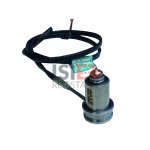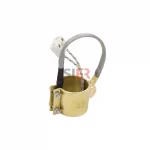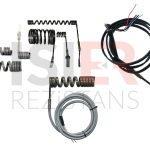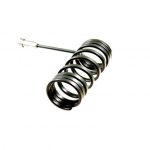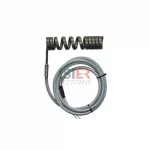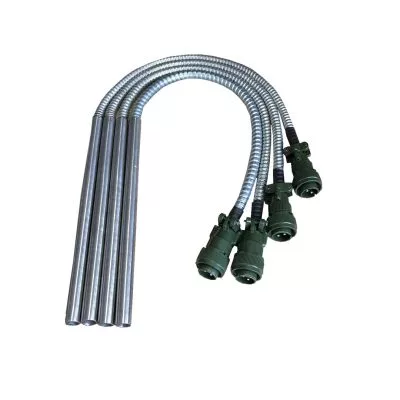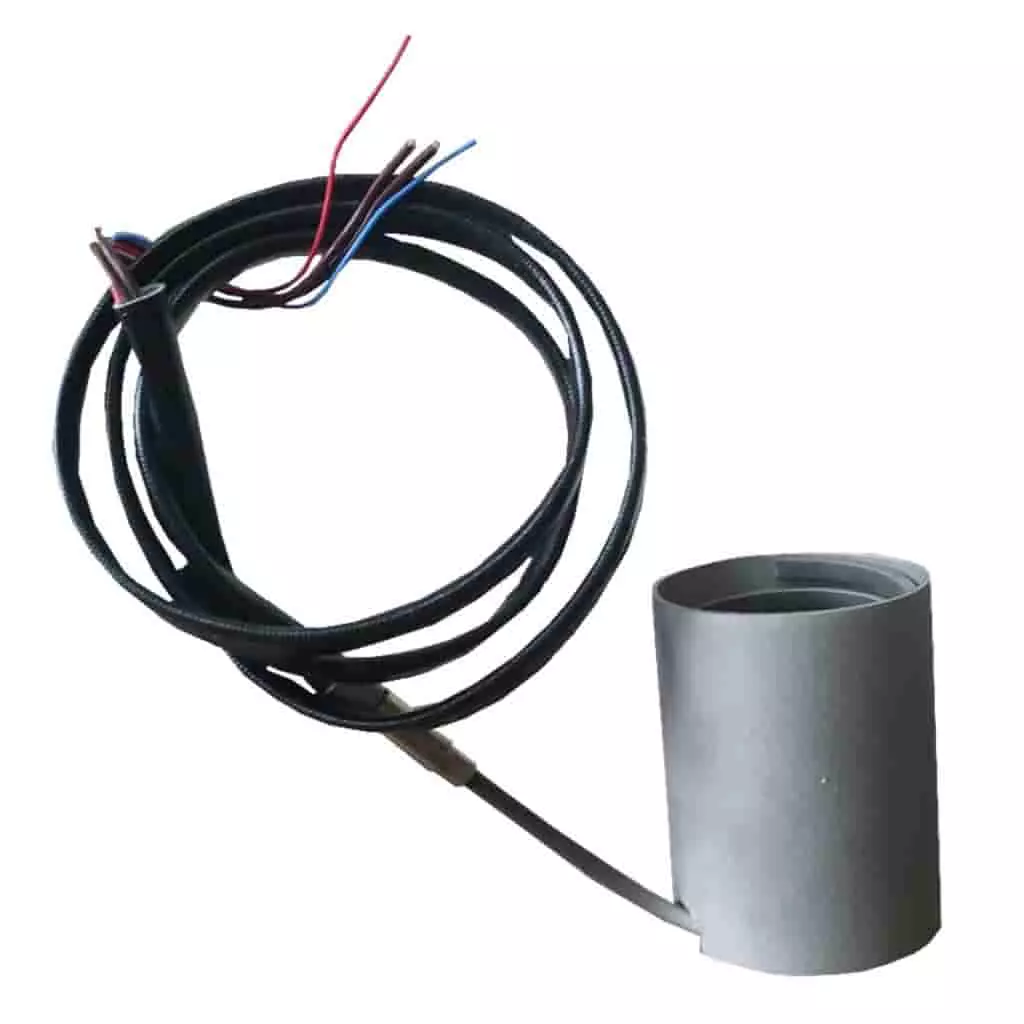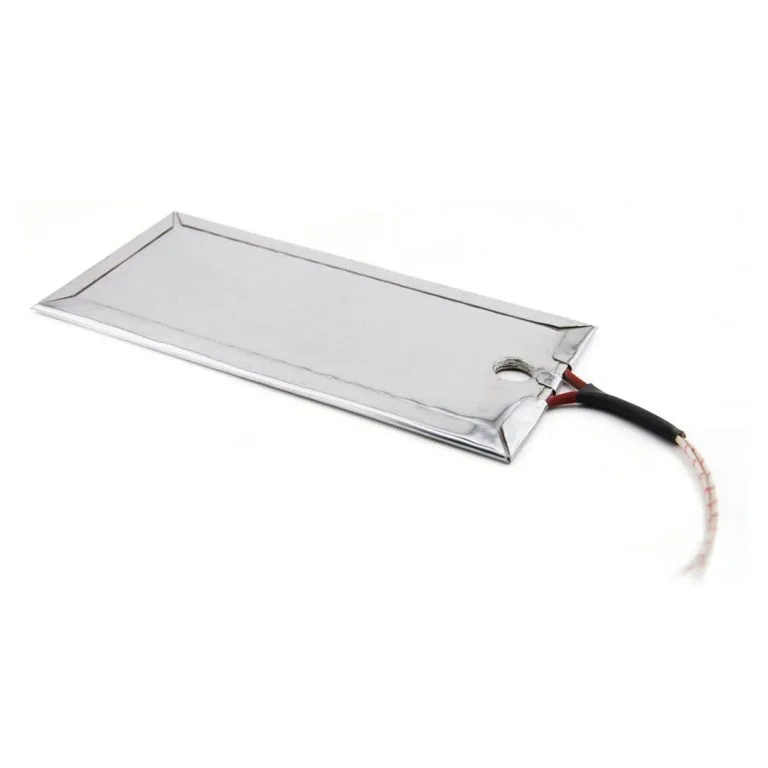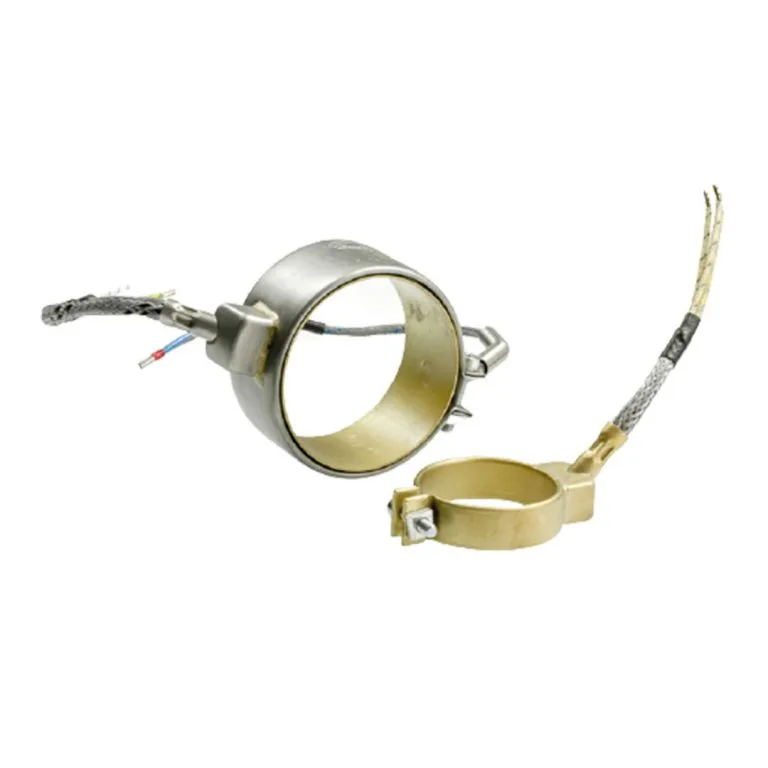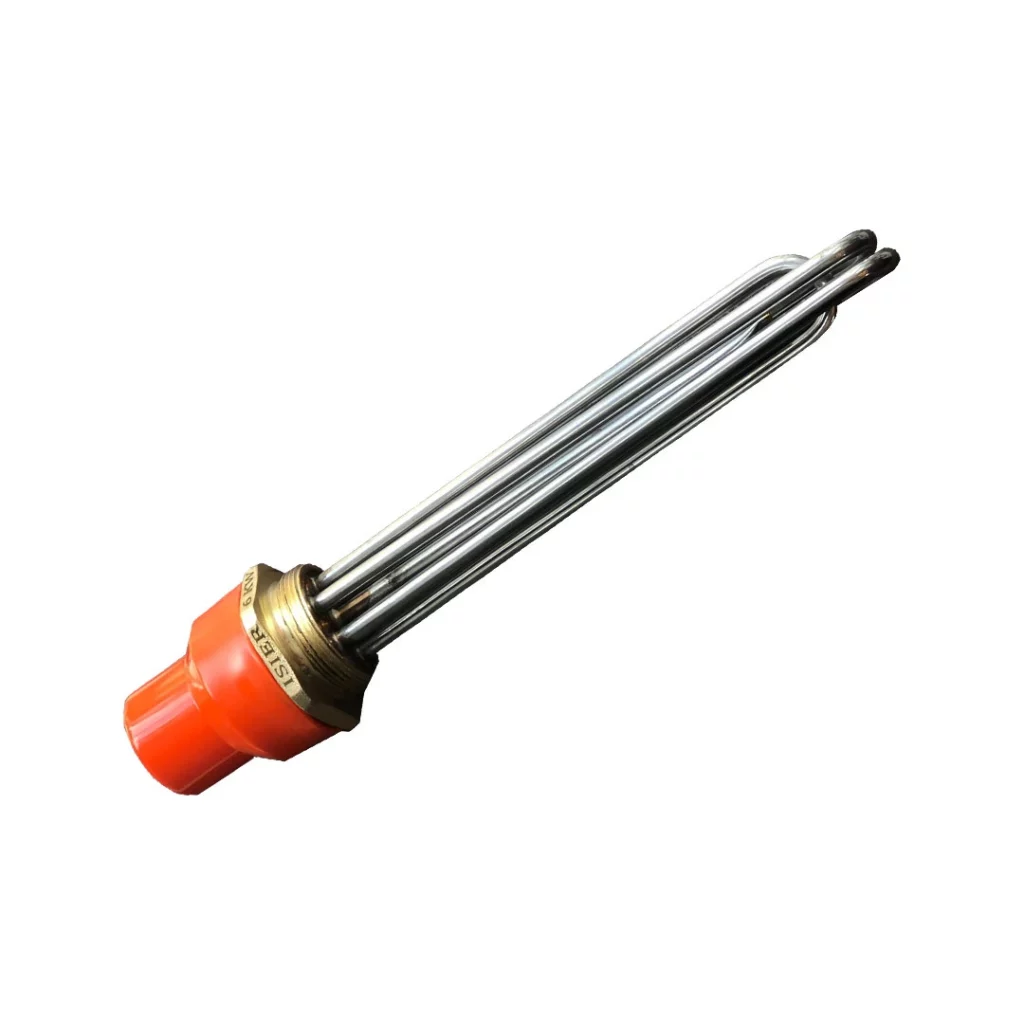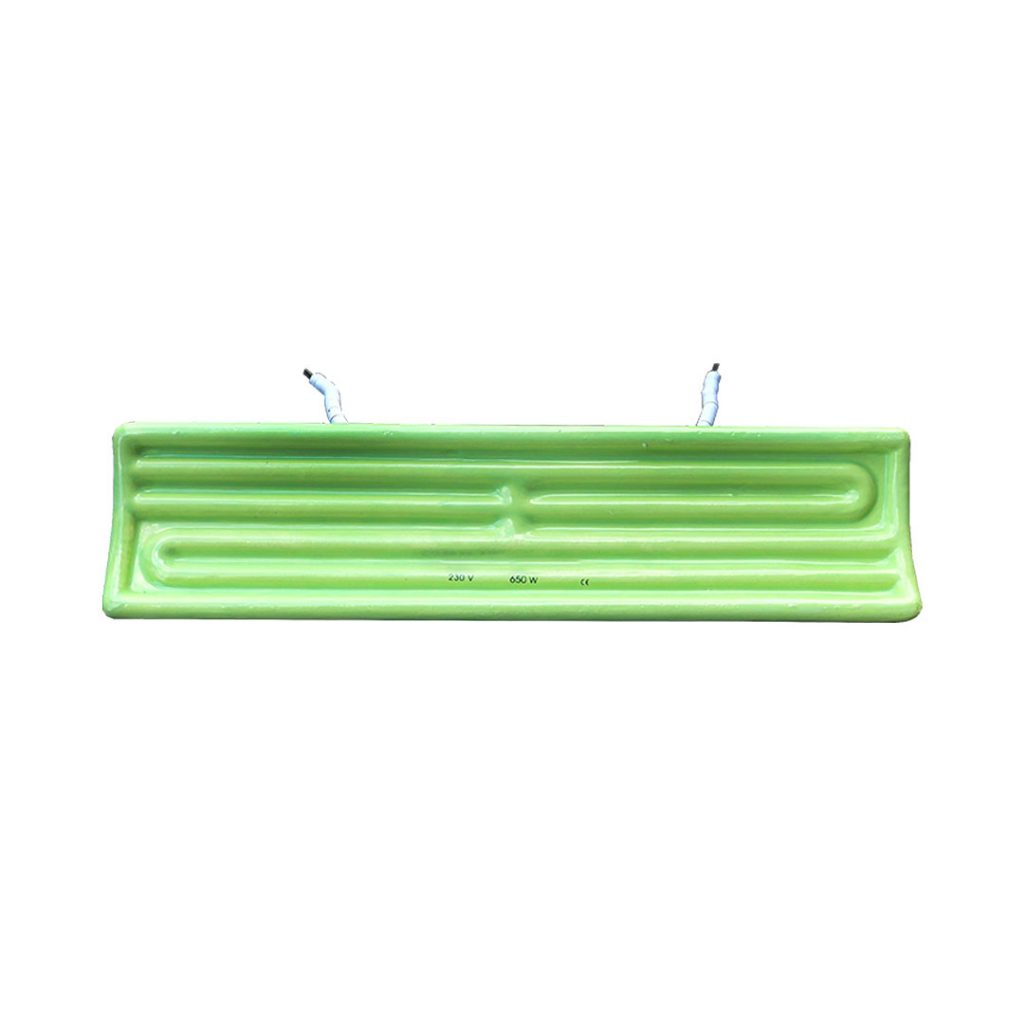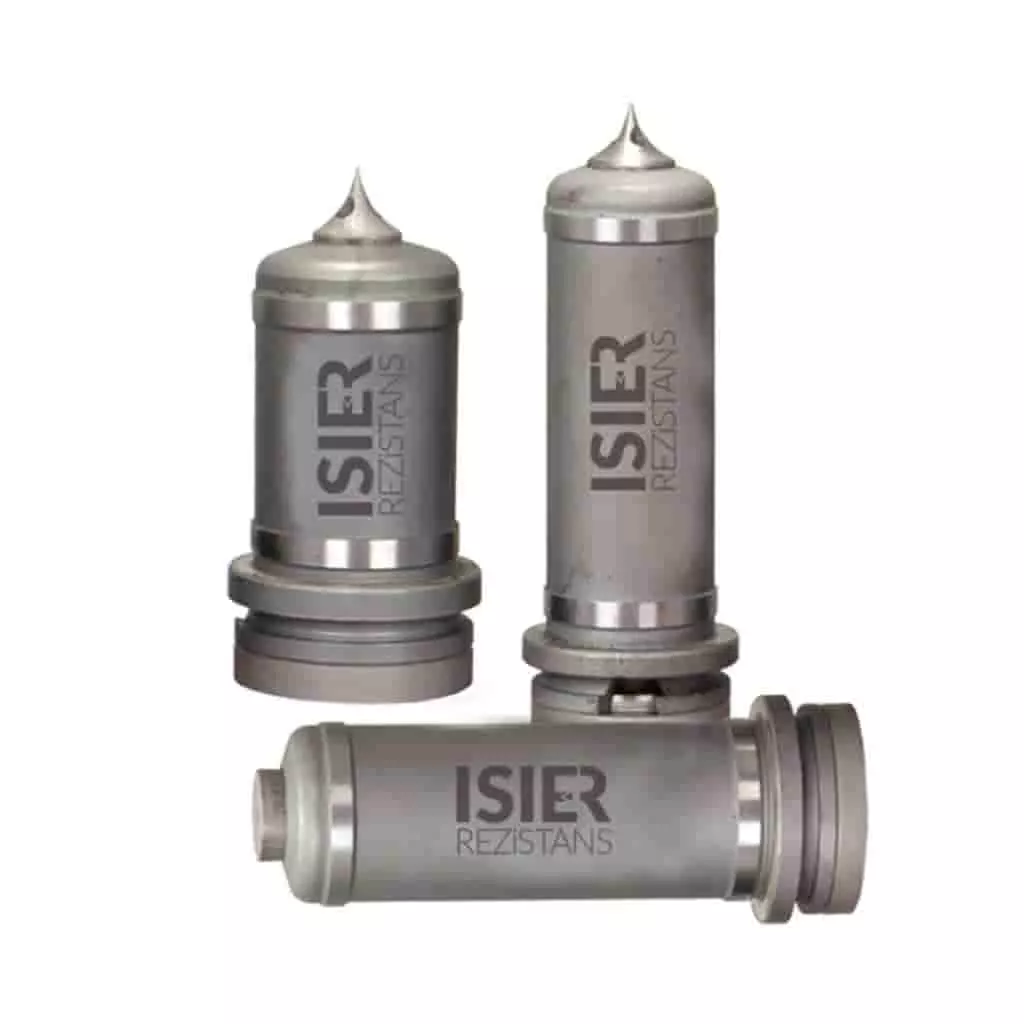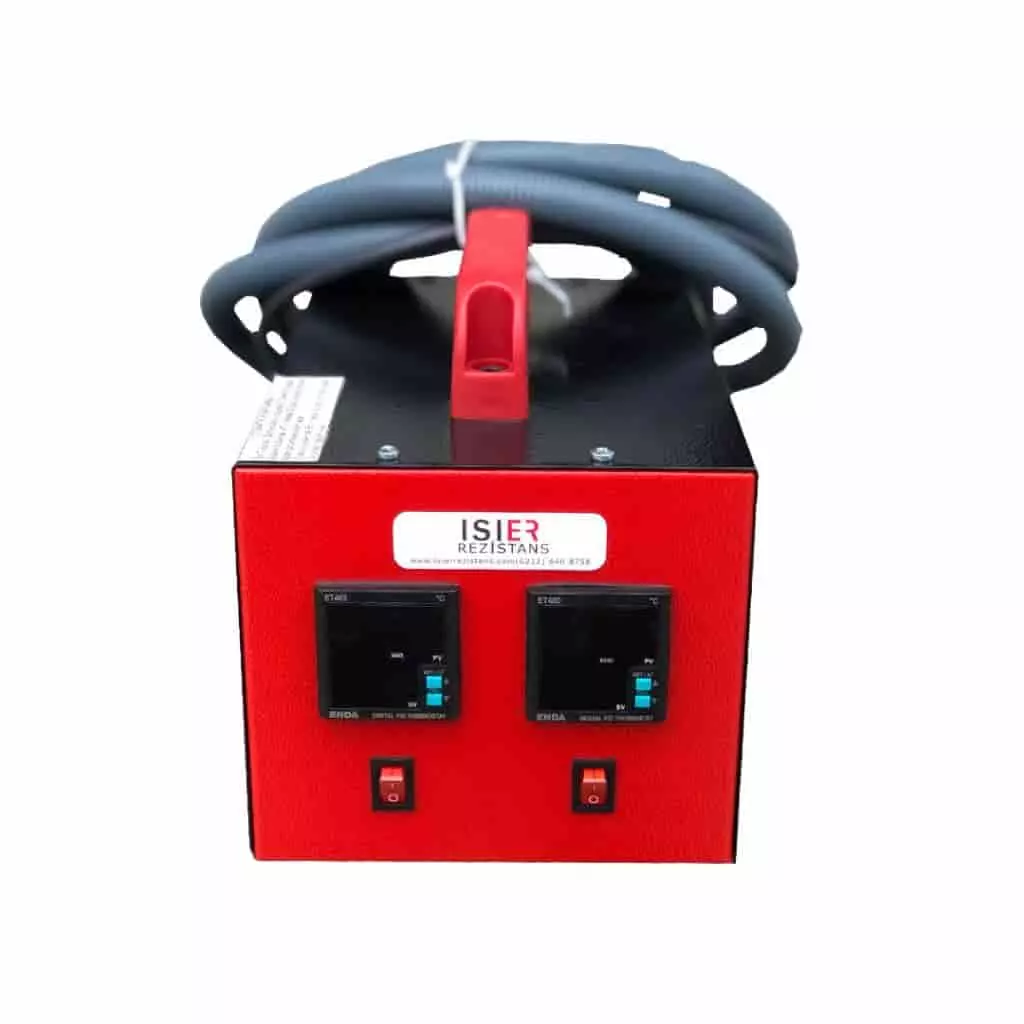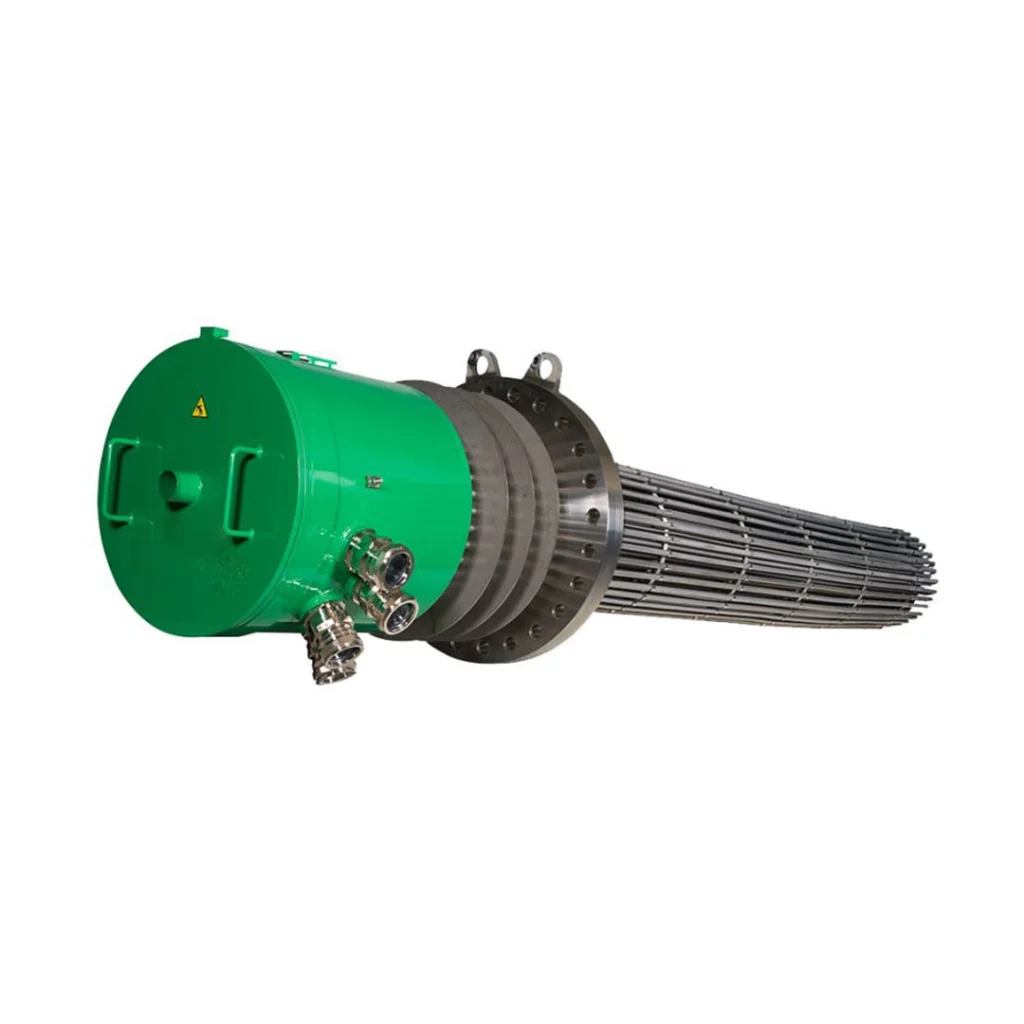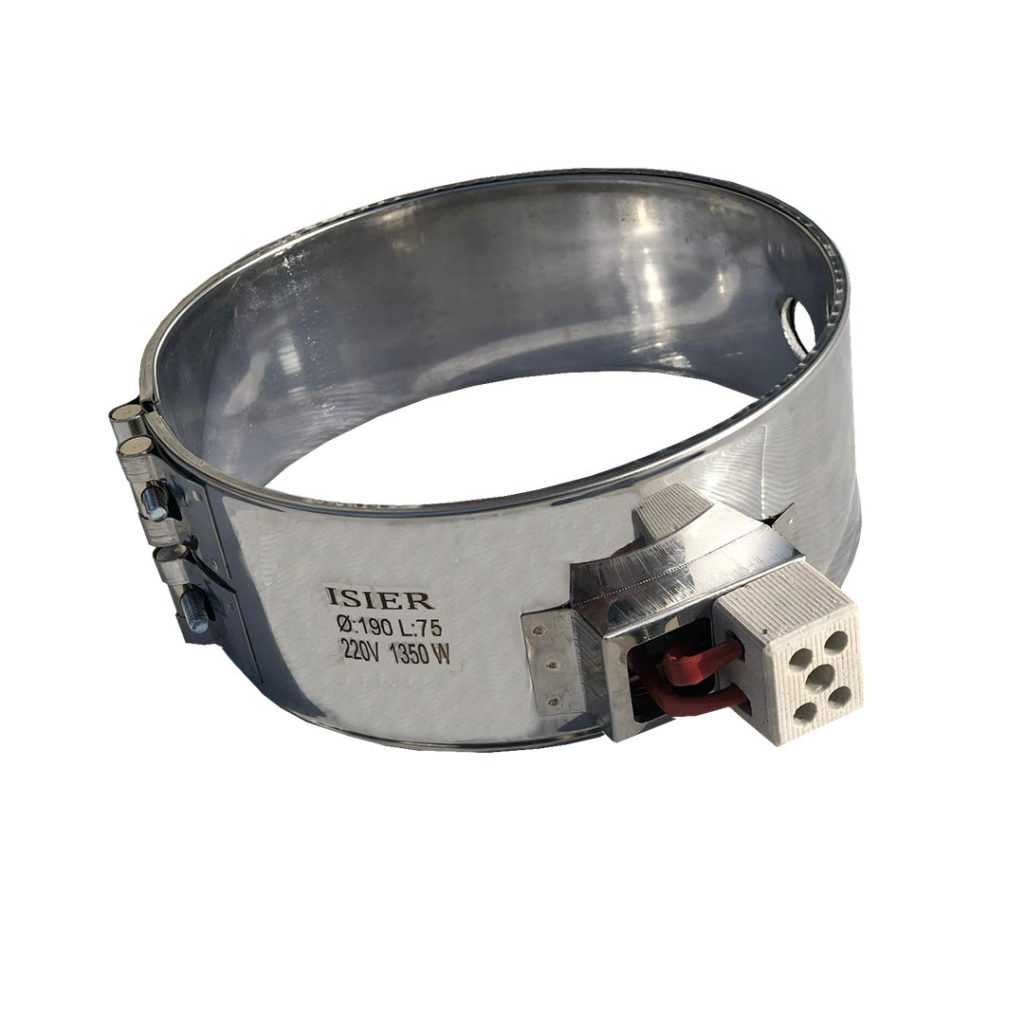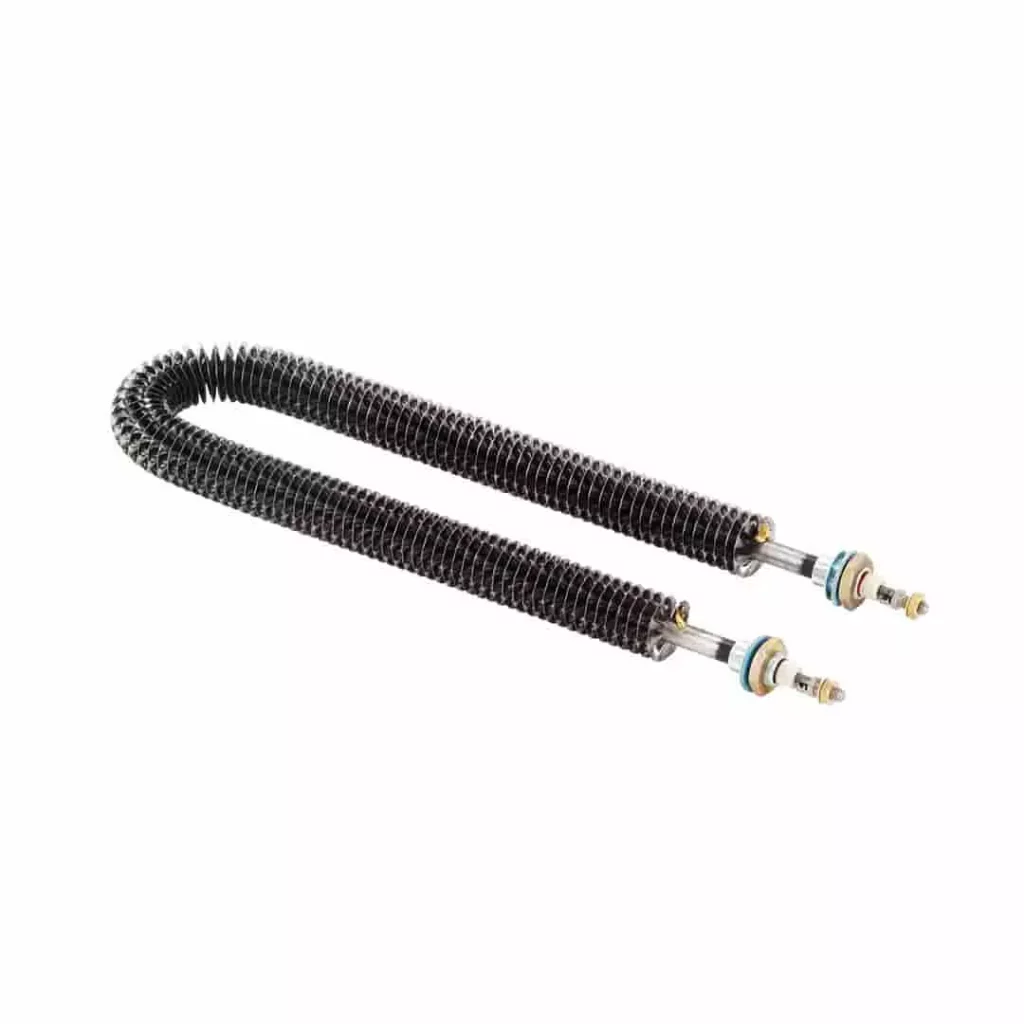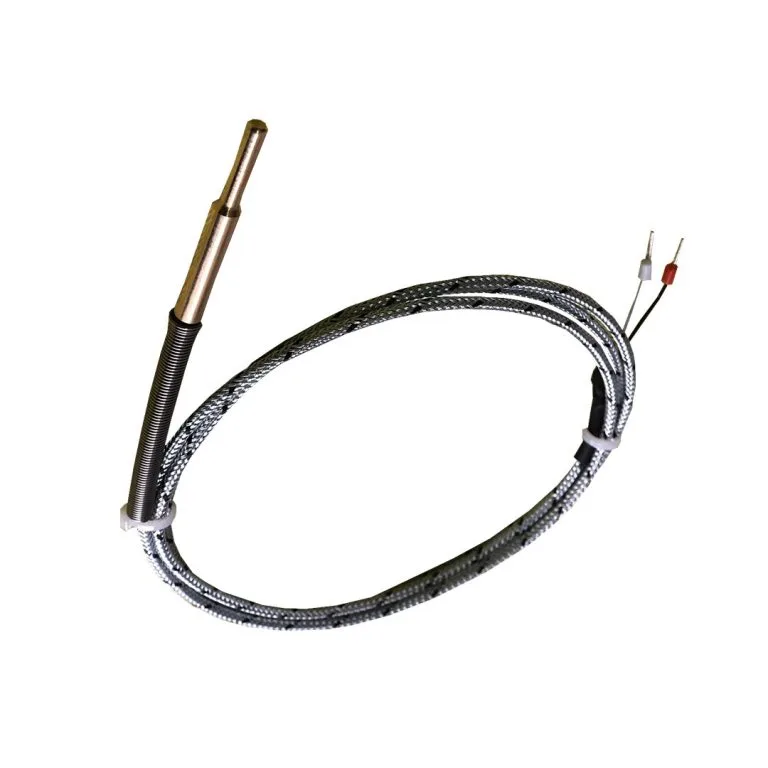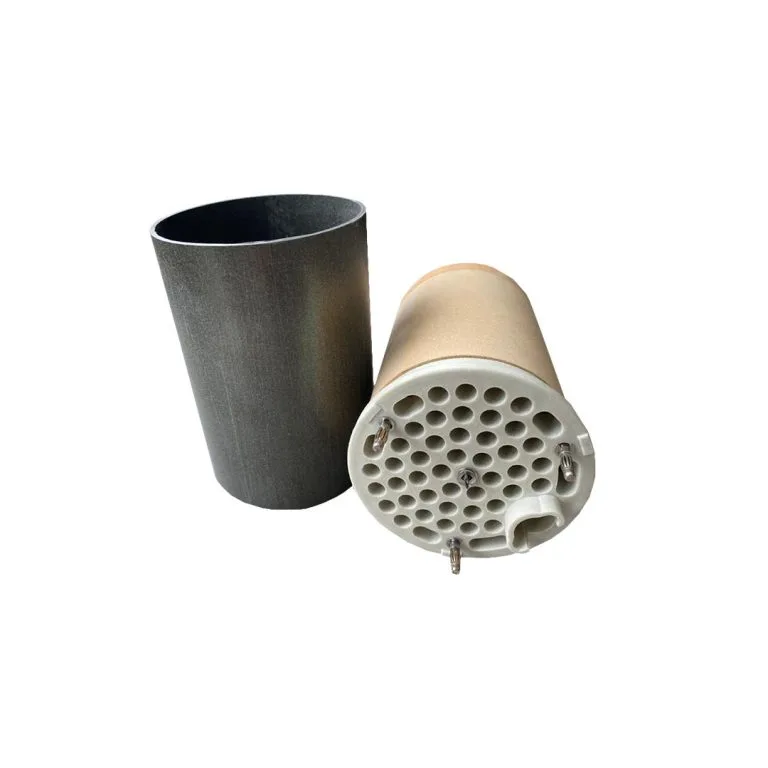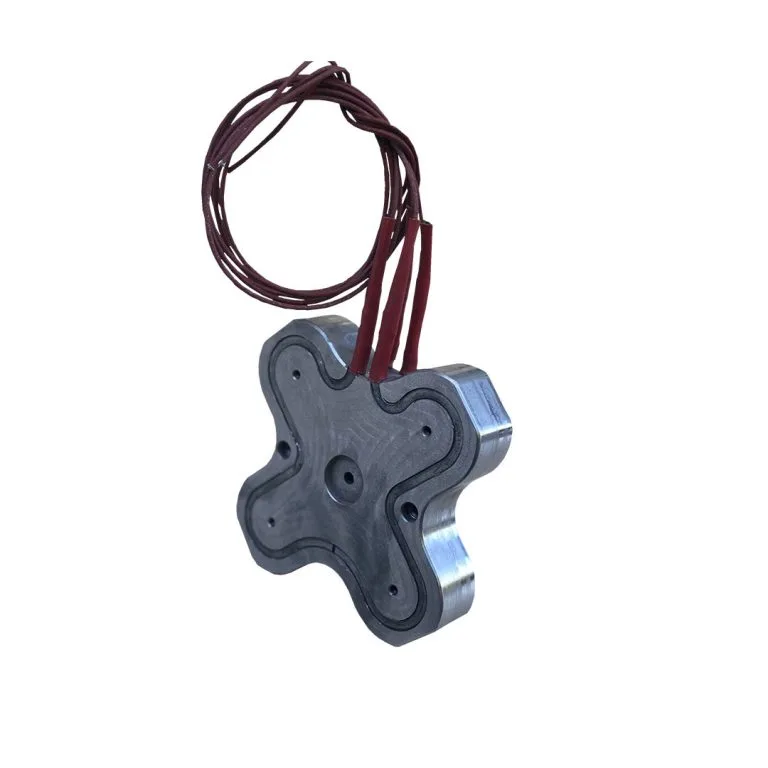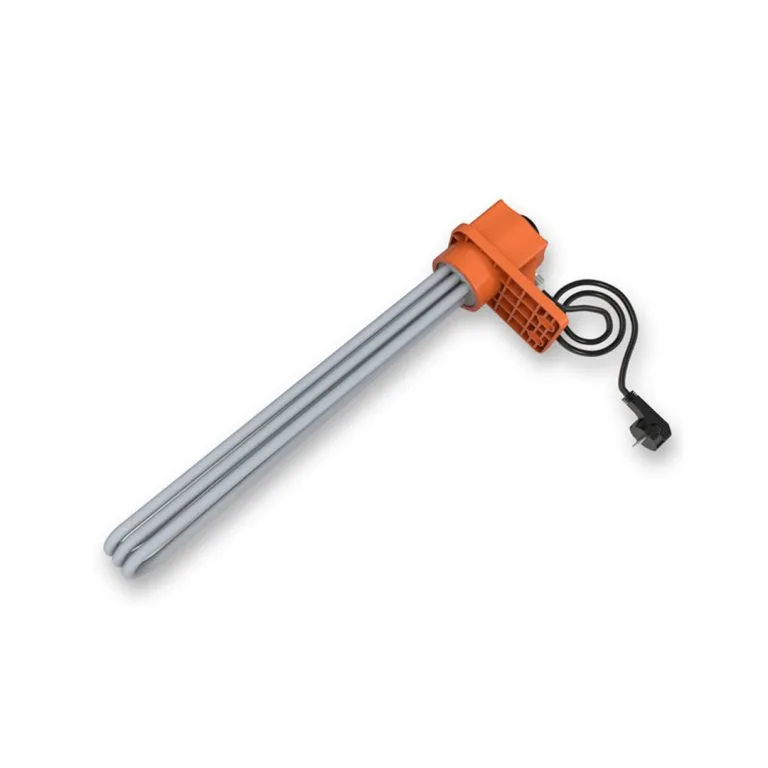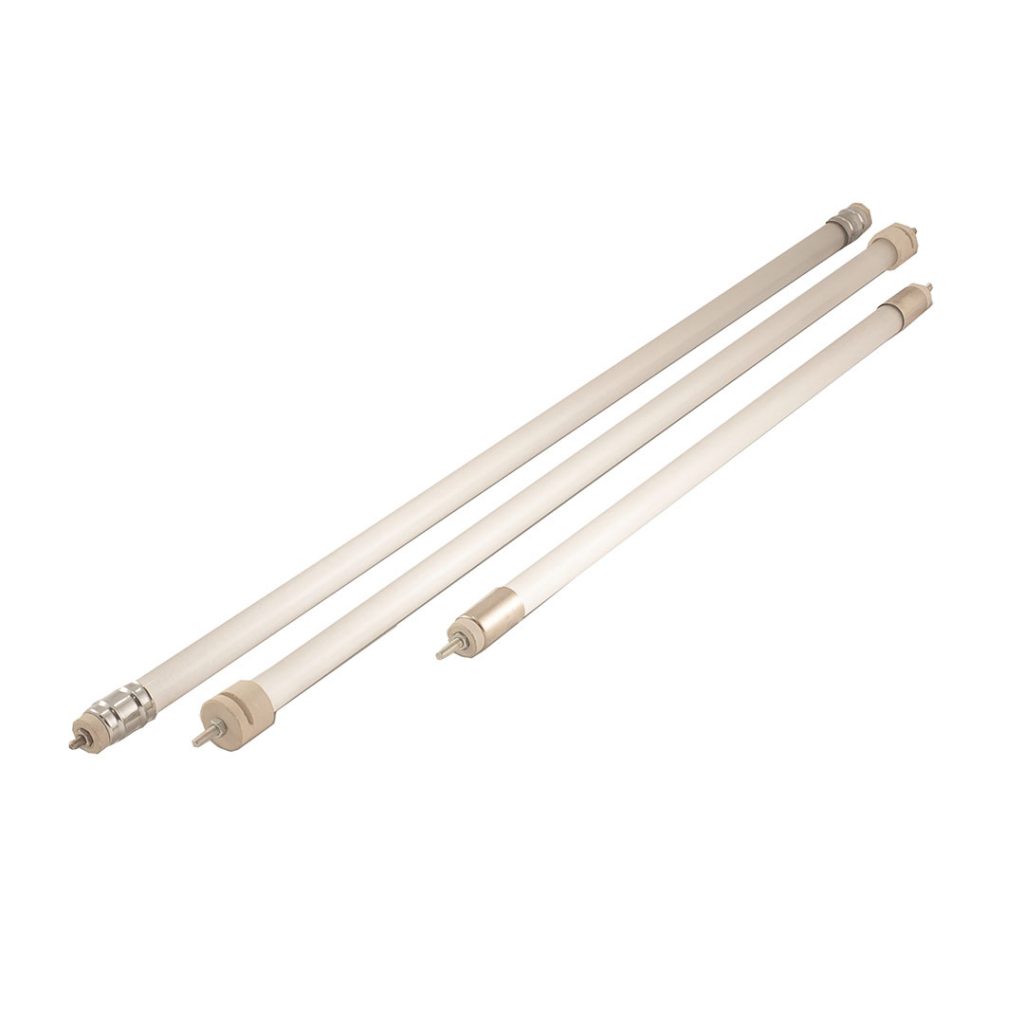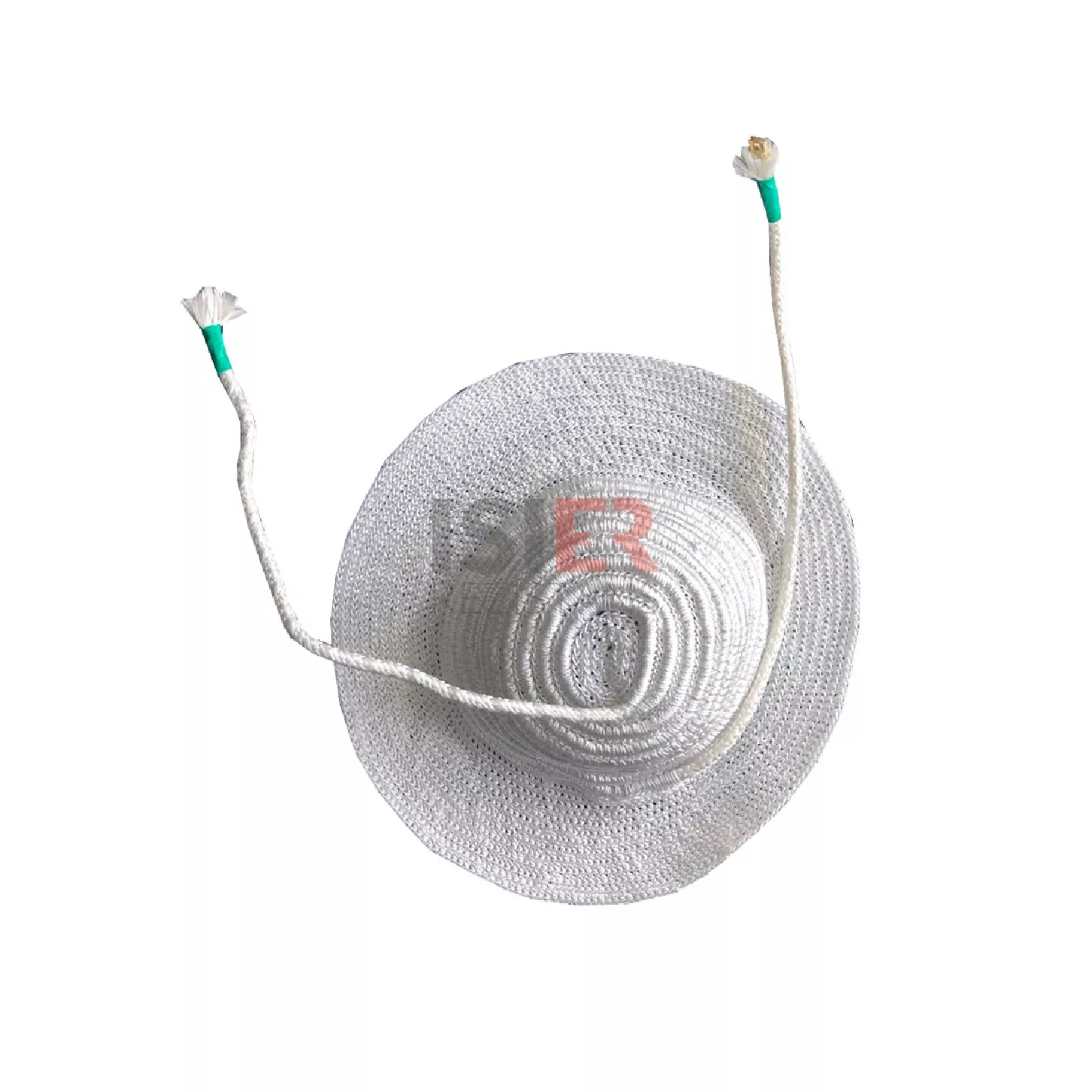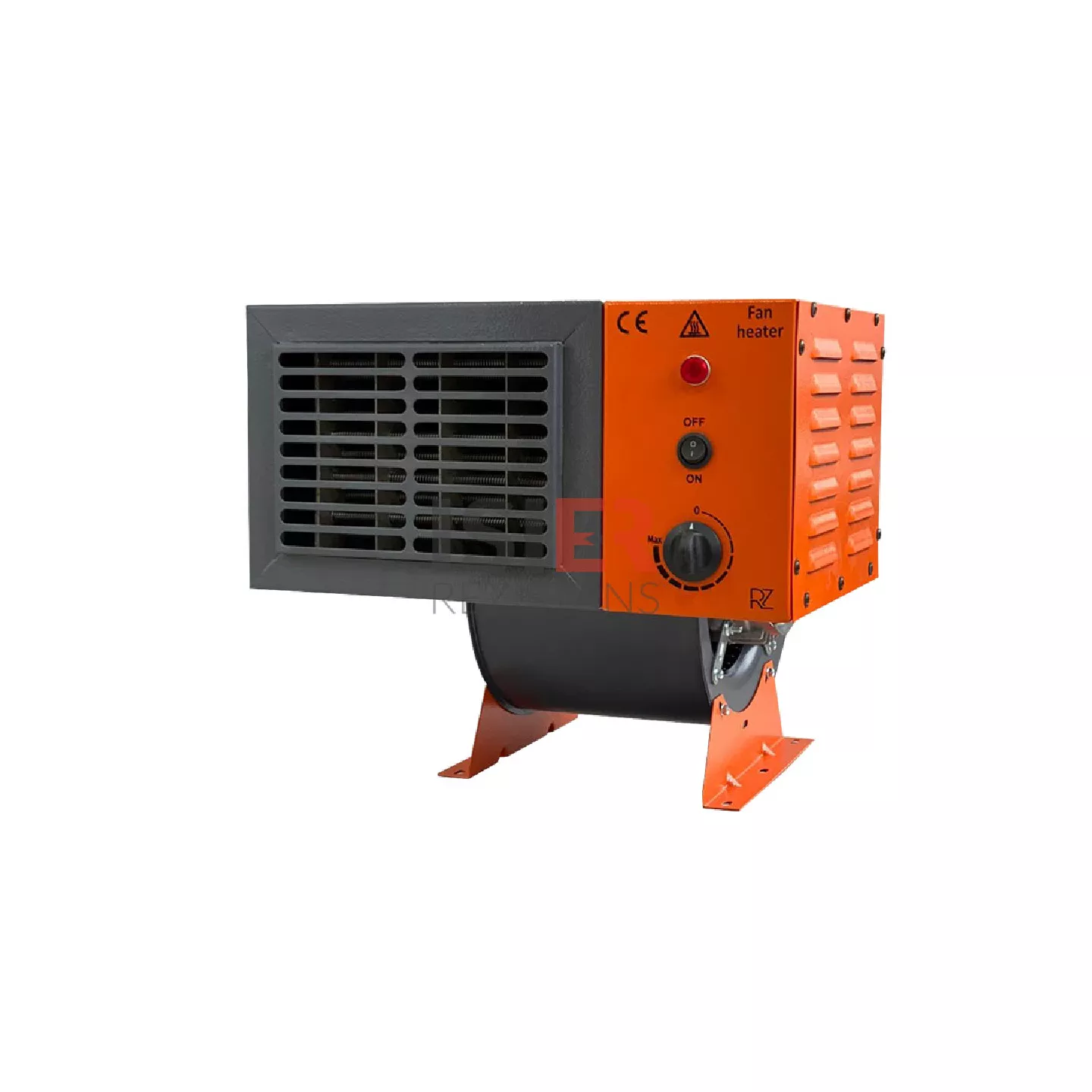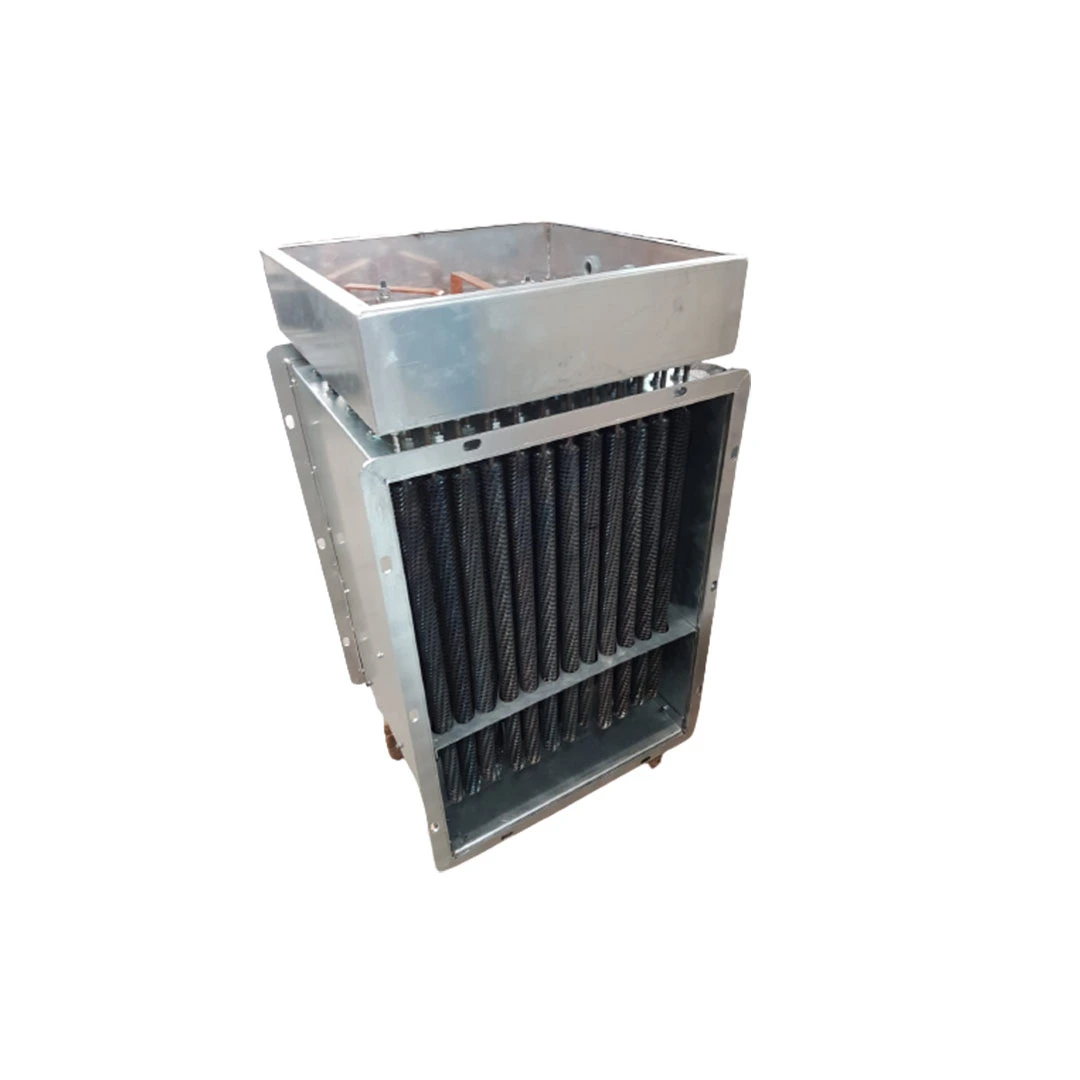Why is Heater Used in Mold Manufacturing?
Material Forming and Processing: Heaters used in mold manufacturing are utilized in the processes of shaping and processing materials such as metal or plastic within molds. These heaters maintain specific temperature values required for the shaping and processing of materials.
Rapid Heating and Cooling: Heaters possess the capability for rapid heating and cooling, facilitating more efficient and faster production processes.
Temperature Control: Maintaining the desired temperature of the material is critical in mold manufacturing processes. Heaters provide this temperature control, enabling the material inside the mold to achieve the desired properties.
Product Quality: Accurate temperature control during material processing impacts product quality. Mold manufacturing heaters enhance product quality by ensuring uniform heating and shaping of the material.
Energy Efficiency: The rapid heating and cooling abilities of heaters enhance energy efficiency, reducing energy costs in mold manufacturing and making processes more sustainable.
Longevity: Heaters used in mold manufacturing are designed to withstand industrial use. Being made of durable materials, they provide longevity and require low maintenance.
Variety of Uses in Production Processes: Heaters can be used in various applications for different types of materials and production processes. This versatility accommodates different industry sectors and application requirements.
Heaters in mold manufacturing serve as a critical component of industrial production processes, optimizing production processes by enhancing quality and efficiency. These heaters play a crucial role in mold press machines and similar equipment widely used in various industries.
Our Products
Your Solution Partner for All Your Resistance Needs
Nozzle and SpiralHeaters Used in the Mold Manufacturing Sector
Nozzle Heaters: Nozzle heaters are heating elements used in plastic injection molds to melt the plastic material before it is injected into the mold cavity. The plastic material flows through the injection nozzle after passing through the melting cylinder, where it is heated by the nozzle heaters. The heated plastic material is then injected from the injection nozzle into the mold cavity, taking the shape of the mold.
Nozzle heaters are crucial for controlling the flow of plastic material and achieving the desired mold shape. They are made of special alloys with high temperature resistance and are typically used in conjunction with temperature control systems.
Spiral Heaters: Spiral heaters are heating elements used to heat the inner surface of mold plates. In various processes used in mold manufacturing, especially in plastic injection molds, it is necessary to heat the mold plates and maintain a constant temperature. Spiral heaters are placed on the inner surface of mold plates and distribute heat evenly, ensuring balanced flow of plastic material within the mold.
They are specially designed to provide high temperature resistance and homogeneous heat distribution. Spiral heaters are often custom-made to fit the shape of the mold and are easy to install.
Nozzle and spiral heaters are of critical importance in mold manufacturing processes. Maintaining the correct temperature of the molds ensures proper shaping of the workpieces and enhances the quality of the production process. These heaters are commonly used in mold manufacturing and significantly enhance functionality.
Importance of Heaters in Mold Manufacturing
Heat Control: Heaters used in mold manufacturing precisely control the temperature of mold press machines. This ensures that materials are heated and processed at the correct temperature.
Material Shaping: Heaters are utilized in the process of shaping materials such as metal or plastic within molds. The material is maintained at a specific temperature to be shaped and take on the characteristics of the mold.
Rapid Heating and Cooling: Heaters in mold manufacturing have the capability for rapid heating and cooling. This speeds up production processes, resulting in shorter production times and increased efficiency.
Product Quality: Proper temperature control enhances product quality. Uniform heating and shaping of the material enable the production of products with desired properties.
Energy Efficiency: Heaters contribute to energy efficiency by reducing energy costs in the process. Rapid heating and cooling enable effective energy usage.
Longevity: Heaters used in mold manufacturing are designed to withstand industrial conditions, providing longevity and requiring low maintenance.
Various Application Areas: Heaters can be used in various application areas for processing and shaping different materials and industrial applications, providing solutions tailored to the needs of various industries.
Sustainable Production: Mold manufacturing heaters promote sustainable production with optimized processes for energy efficiency and material usage.
High Temperature Resistance: Heaters designed to withstand high temperatures reliably perform within the required temperature ranges in industrial processes.
Heaters in mold manufacturing enhance production efficiency by providing reliability, precision, and effective temperature control in industrial production processes. These heaters emerge as a critical component to improve the quality of mold manufacturing, reduce energy costs, and make processes more sustainable.
Technical Specifications of Heaters Used in Mold Manufacturing
Material and Structure: Nickel-chromium alloys or special alloys capable of withstanding high temperatures are preferred as the material for heaters. Their structures are designed to be long-lasting and durable.
Nominal Power Capacity: The nominal power capacity of heaters determines the amount of energy required to process the material at a specific temperature. This capacity is determined according to the heating requirements in the production process.
Nominal Voltage: Heaters are designed to operate at a specific nominal voltage. This should comply with industry standards and the electrical system of the equipment to be used.
Temperature Range: The operating temperature range of heaters should be suitable for the temperature values required for processing the material. This range can cover a wide spectrum of temperatures because different materials and processing needs may vary.
Resistance Value: The resistance value of the heater is determined to provide the desired power level at a specific temperature. The resistance value is important for controlling the heater’s impact on the material.
Rapid Heating and Cooling Capability: Rapid heating and cooling are important in mold manufacturing processes. Heaters having these capabilities optimize production processes.
Longevity and Durability: Heaters designed to withstand industrial conditions should be resistant to vibrations, impacts, and high temperatures. Their longevity helps in reducing maintenance costs.
Mounting and Integration Capability: It is important for heaters to be easily mountable and integrable with mold press machines. They should have various mounting options and adaptation capabilities.
Protection Systems: Heaters can be equipped with protection systems against overheating or other potential issues. This enhances safety and contributes to the equipment’s longevity.
Factors to Consider When Choosing Mold Manufacturing Heaters
When selecting the right equipment for mold manufacturing heaters, it is important to pay attention to various factors. Here are the considerations to keep in mind when choosing mold manufacturing heaters:
Application Requirements: Application requirements such as the type of material to be processed and details of the processing process should be determined. This forms the basis for accurate temperature control and power capacity.
Temperature Range: The operating temperature range of the heater should be suitable for the properties of the material to be processed. The temperature values required by the process should be taken into account.
Power Capacity and Voltage: The nominal power capacity and voltage of the heater should be suitable for processing requirements. This ensures that the material is processed at the correct temperature.
Heating and Cooling Rate: Mold manufacturing processes often require rapid heating and cooling. It should be checked whether the heater is suitable for these speeds.
Durability and Material Selection: The material used in the structure of the heater affects its durability and longevity. Materials capable of withstanding high temperatures and resistant to wear should be preferred.
Ease of Installation and Integration: The heater should be easy to install and integrate. Compatibility with relevant equipment and machines is important.
Protection and Safety Features: Heaters containing protection systems against issues such as overheating and overcurrent are important for safety.
Energy Efficiency: Energy efficiency can reduce operating costs. It should be checked whether the heater has features aimed at energy saving.
Ease of Maintenance and Cleaning: The heater should be easy to maintain and clean. This is important for longevity and operational efficiency.
Regulation and Control Systems: It is important for the heater to have suitable control systems to ensure temperature regulation. These systems are used to achieve the desired temperature profiles.
Cost Factors: The cost and long-term cost-effectiveness of the heater should be considered. A cost analysis should be performed based on performance and features.
By considering these factors, the selection of mold manufacturing heaters can be carried out more accurately and efficiently.





